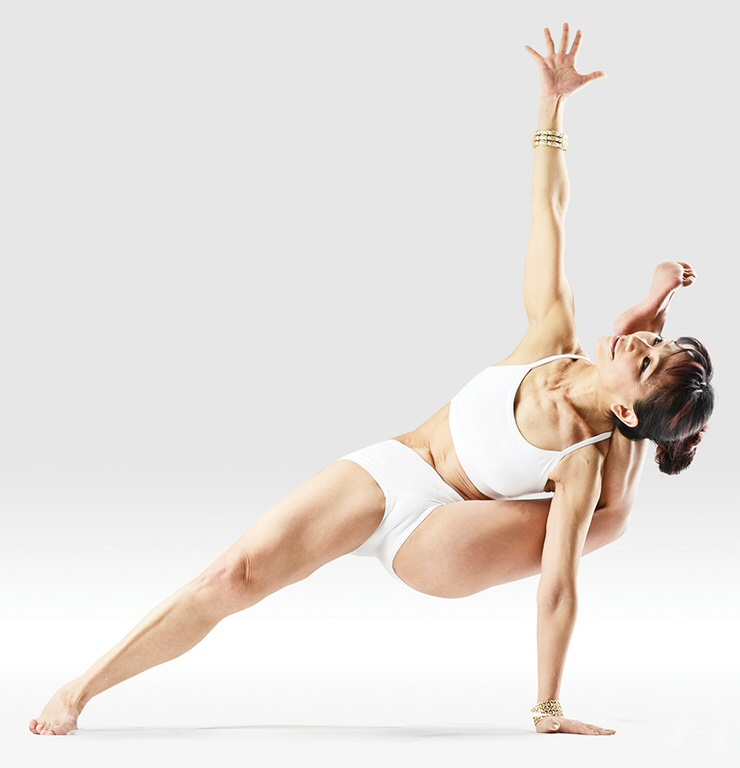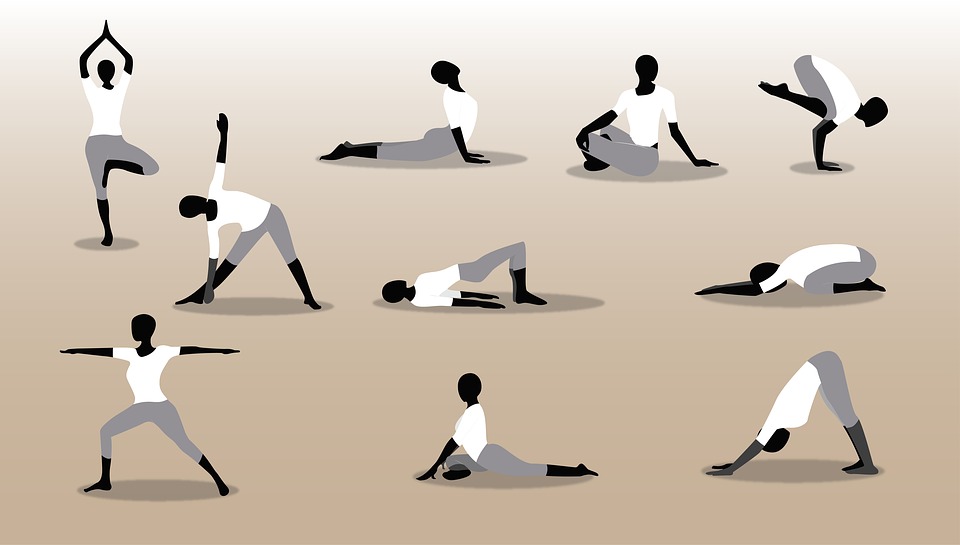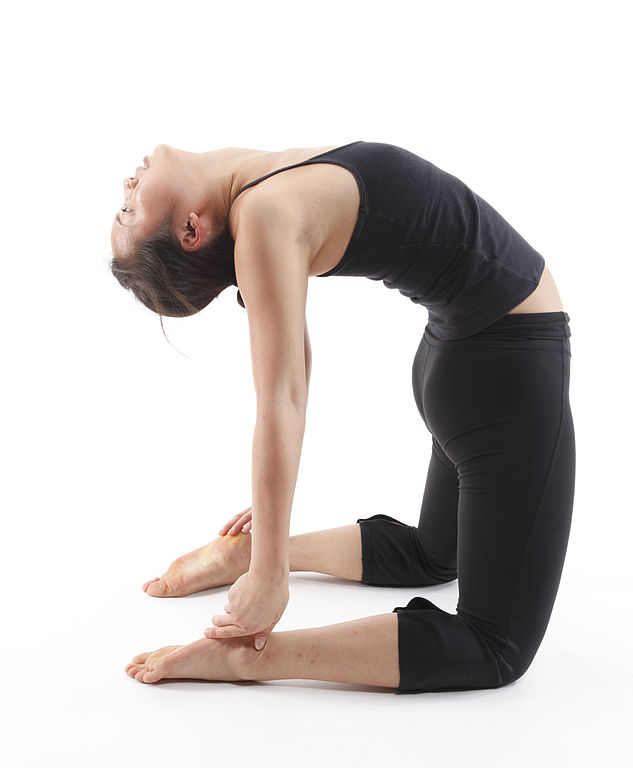
Although we all know that deep breathing releases stress, how does yoga reduce stress levels? This is one of the most important exercises because extreme pressure can only be released if the body breathes deeply. Remember to take deep breaths throughout the day to help release any small stressors. Yogaic breathing is a great way to manage stress. Even if you don’t feel stressed, even small stressors can make it overwhelming.
Sukhasana
Sukhasana is a basic, sitting posture that can be used as a meditational position in yoga. This pose requires you to bend your legs slightly while maintaining a straight spine. It reduces physical and psychological exhaustion by increasing the relaxation response. Many Yoga practitioners swear by this method for reducing stress. Here are three tips to make Sukhasana work:
Cat Pose
A growing body of research suggests that yoga is associated with reduced heart rate variability. European Journal of Clinical Investigation published research that found participants who did hathayoga for six weeks had significantly decreased levels of sympathetic nervous activation and higher activation of both the parasympathetic and sympathetic nervous systems. 26 healthy adults, who were sedentary, participated in the study. The program consisted of breathing exercises and poses as well as relaxation. After the exercise, participants were evaluated for anxiety and heart rate variability.
Paschimottanasana
Passimottanasana (or the forward-folding position) helps to relieve tension and stress by stretching the back and hamstring muscles. This posture also helps relieve constipation and improves flexibility. It helps reduce stress and abdominal fat. Learn how to do this pose in the video below. The pose can be practiced for up to three minutes each day to get a complete body workout.

Balasana
Research on how yoga reduces stress has yielded several theories. These theories are based on changes in five psychosocial aspects related to stress reactivity as well mindfulness. One third possibility is the yoga practice helps people to develop greater self-compassion as well as spiritual well-being. These are two aspects of stress management. However, these findings are not yet conclusive. The effects of yoga on stress may depend on the individual's individual characteristics and experience. Yoga may help you manage stress and improve your mental and bodily health, regardless of the reason.
Balasana relieves PMS
You can prevent or ease PMS symptoms by practicing yoga every day. Yoga releases endorphins. They are mood-enhancing chemicals. It also increases circulation to the reproductive glands. Yoga practice can reduce stress and promote deep relaxation. The downward dog position, for instance, reduces stress and strain in the thighs. Restorative yoga poses are especially beneficial in the PMS months.
Balasana aids digestion
Studies have shown yoga poses to aid digestion reduce stress and improve digestion. Yoga poses for digestion stimulate the intestines. These organs are essential to the body's functioning and require nutrients and oxygen. You can easily do some simple yoga postures for digestion wherever you are. Below are some of my favorite yoga poses that aid digestion.
Paschimottanasana improves digestion
Uttanasana is a powerful yoga position that helps relieve stress and anxiety, strengthens spine and stimulates digestive system. It is also good for hamstring strengthening and abdominal pain relief. Uttanasana gets its name from the intense stretch that it provides to the back, and the hamstrings.

FAQ
What is a good seven-day workout routine?
A seven-day exercise program should consist of three days per week of cardiovascular training (running, biking, swimming), two strength exercises (using free weights, weight machines), and one flexibility/core workout (yoga, Pilates). It is important to complete each activity at least once weekly. Maximum 45 minutes should be allotted for each session.
Cardiovascular Exercise: Running/Biking/Swimming
You should aim to get at least 60 mins of cardio exercise per week. For best results, aim for 75 minutes per week. Cardio exercises can be used to increase blood flow, stimulate muscle growth, and improve blood circulation.
Strength Training
Cardio exercises target your heart and lungs. Strengthening your muscles and bones is the opposite. Strength training increases lean muscle mass and helps to burn calories even at rest.
Flexibility & Core Workouts
Core and flexibility exercises are great ways of strengthening your whole body. Both yoga and Pilates can be great choices.
Why is Metabolic Wellness the Key to Aging Well
Today's people live longer than ever before. However, people are getting sicker as they live longer. While medical science has made incredible advances, it's becoming increasingly obvious that the current approach is not working.
We must change the way that we look at health and aging. For healthy aging, it is important to look at metabolic well-being - not just weight reduction but overall wellbeing.
And if you want to live an active life for decades to come, you should ensure that your metabolism stays strong and healthy throughout your entire lifetime.
There are many methods to improve your metabolic state. You can improve your metabolic health by incorporating these 7 foods in to your diet.
-
Blueberries contain resveratrol, which has been shown to help support cellular longevity. They also contain vitamins C & E, as well as antioxidants.
-
Pinto beans and lentils make excellent sources of fiber as well as plant-based protein. These nutrients help to keep blood sugar levels constant so they don't spike and crash.
-
Broccoli's sulforaphane has been shown to protect DNA from damage in research. It may even be able to slow down cancer progression.
-
Chia Seeds have high levels of omega-3 fatty oils and fiber. They are also high in antioxidants and proteins. All these nutrients support heart health, brain function and gut health.
-
Green tea contains catechins, which are polyphenols. Green tea catechins have been shown to reduce bone fractures, heart disease, cognitive decline, diabetes risk, and other health issues.
-
Salmonis rich in vitamin D and low in saturatedfat, salmon is one of the best sources for lean protein.
-
Walnuts are rich sources of omega-3s and antioxidants, such as alpha lipoic (ALA). ALA helps boost energy production and protects against inflammation.
What does butter do for men?
Butter is one the most nutritious sources of saturated oils. This type of fat helps to build stronger bones, healthy skin, and hair.
Butter also contains vitamin K, which prevents bleeding from cuts and bruises. Vitamin K works with vitamin A to prevent bleeding.
Butter also contains minerals like calcium, phosphorous and potassium. These elements help to build stronger bones and teeth.
Butter has its drawbacks. Butter is high in cholesterol. Some studies show that consuming too much cholesterol may increase the risk of developing cardiovascular disease.
Also, butter is high in saturated fat, contributing to obesity and increased cholesterol levels.
Butter can be spread on bread, but you don't have to dip it into soups or salads if you absolutely must. Bread absorbs more oil than potatoes or pasta.
What is a good exercise routine?
Regular exercise is key to staying healthy. You don't have to do the same type of exercise every day, it doesn't really matter. Consistency is key. If you want to achieve results, you must stick at it for an extended period.
Begin small daily activities like walking. Start by walking for a few minutes every day. Gradually increase your time exercising to 30 minutes per week. You could do this by running, swimming, weight training or yoga.
You should try to ensure that you exercise most days of the week. If you have a valid reason to skip a session, it is best not to.
You should wear the appropriate clothing and footwear if you are exercising outdoors. You should also consider the weather conditions that could affect your ability exercise safely.
When you exercise, drink plenty of fluids. Drinking alcohol at this time can lead to dehydration. Also, avoid caffeinated drinks such as coffee, tea, and cola. They will not only give you more energy but also dehydrate you.
After your first exercise, you may feel tired. However, if you continue with your program, you'll soon feel more energetic and refreshed.
What are the best foods to avoid when trying weight loss?
Avoid foods that contain trans fats. Trans fats raise LDL (the bad) cholesterol levels and reduce HDL (the good) cholesterol levels.
Trans fats are commonly found in fast food, deep-fried and packaged baked goods as well snack cakes and other processed foods.
These unhealthy fats can also lead to inflammation, which can cause heart disease and diabetes.
Foods containing artificial sweeteners should also be avoided. Artificial sweeteners increase the risk of getting cancer.
These chemicals are found in many products, including soft drinks, candy bars, chewing gum, as well as candy bars. They are also found in poultry, eggs, meat and fish.
Artificial sweeteners include saccharin, cyclamate, sorbitol, aspartame, acesulfame-K, and sucralose.
The American Heart Association recommends that these chemicals be avoided as they can damage DNA.
Statistics
- Get free shipping and 25% off today. (healthline.com)
- 10 pounds in a month is likely during a lean bulking phase, especially for beginners. (muscleandstrength.com)
- Candidates and applicants must pass all four tests at 70% (minimum level) to graduate from Basic Deputy U.S. Marshal (BDUSM) Training. (usmarshals.gov)
- Cardmembers earn 5% Back at Amazon.com with a Prime Credit Card. (amazon.com)
- The PRS enabled risk stratification for overall prostate cancer and lethal disease with a four-fold difference between men in the highest and lowest quartiles (HR, 4.32; 95% confidence interval [CI], 3.16-5.89). (pubmed.ncbi.nlm.nih.gov)
External Links
How To
How does a man become fit in just 30 days?
Breaking down fitness goals into manageable steps will help you reach your fitness goals.
This is why you should make sure that you're working toward your goal every day. This could mean anything from doing 10 pushups for 5 minutes to running 3km.
Positive results will be achieved if you do this consistently over time.
Here, consistency is the key. You must persevere until your success is achieved.
What is the difference between Aerobic Fitness and Anaerobic Fitness?
Anaerobic fitness refers the body's ability to do intense physical work while lacking oxygen. During periods of high-intensity exercise, we use anaerobic pathways to provide enough energy to complete the task. Anaerobic pathways include glycolysis and creatine phosphate.
In contrast, aerobic fitness refers to sustaining continuous low-intensity exercise. When doing aerobic exercises, oxygen serves as the primary source for fuel for the cells. The aerobic pathway is more efficient than the anaerobic.
You must build your aerobic capacity before you can run a marathon. You won't be successful if you focus only on your anaerobic ability.
Aerobic fitness also refers to cardiovascular fitness. Step tests and VO2 max testing are the most popular methods to measure cardiovascular fitness.
Test VO2 Max
VO2 max is the maximal amount of oxygen (O2) that the body uses during exercise. This test measures the amount O2 that the body can use when exercising.
This is the best test to assess cardiovascular fitness. However, it requires expensive equipment and highly trained professionals to administer the test.
Step Tests
Step tests are an easy but powerful way to determine your cardiovascular fitness. They involve walking or jogging on a treadmill or track for a certain duration based on your age and weight.
These tests can be conducted almost anywhere and are cheap, simple, and easy. You could, for instance, run on a treadmill for two minutes, rest for one minute, and then go back to the starting point for 20 minutes. Throughout the entire session, your heartbeat should stay within a set range.
This method is known as the "Bruce Protocol". Bruce himself was a runner who developed this protocol after he realized that his heart rate would not increase when he ran longer distances.